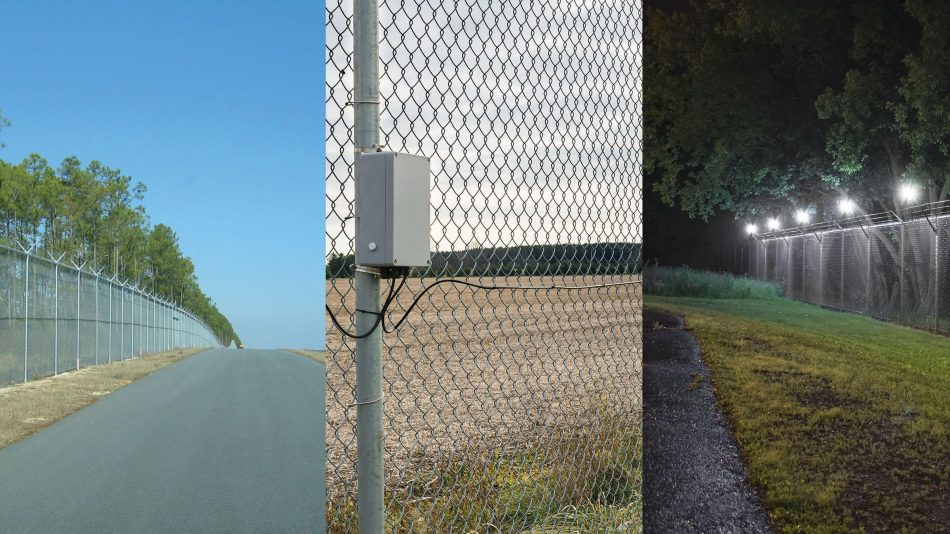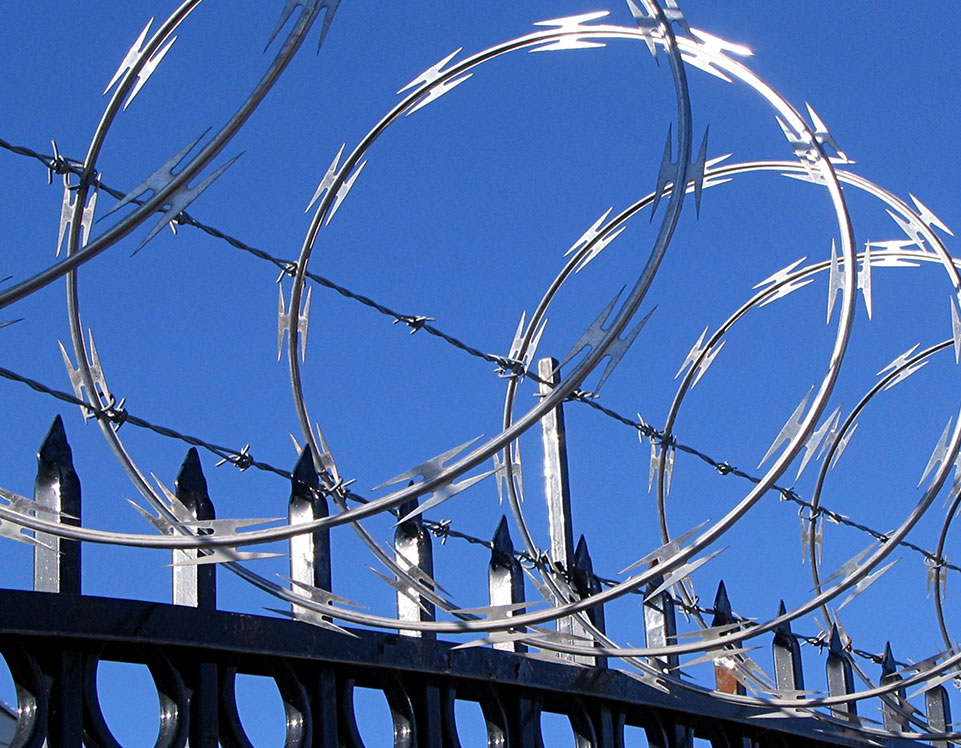Why Fiber Optic Protection Equipments Are the Future of Security
The change to fiber optic safety and security systems notes a significant advancement in the realm of defense, driven by their outstanding data transmission capacities and strength to exterior interferences. These systems not only assist in faster and extra reliable interaction but also provide an affordable remedy with decreased upkeep needs. As the landscape of safety advances together with arising modern technologies such as AI and IoT, the capacity for fiber optics to boost and redefine safety and security facilities ends up being increasingly noticeable. The implications of these advancements increase essential inquiries concerning the future of safety and security actions and their efficiency in an ever-changing atmosphere.
Advantages of Fiber Optic Solutions
One of the main benefits of fiber optic systems is their premium data transfer ability, which facilitates the transmission of huge volumes of data over lengthy ranges without significant loss. This characteristic is particularly helpful for security applications that require the continuous surveillance and transfer of high-definition video clip feeds, sensing unit data, and other critical information. Optical fiber can fit the expanding needs of modern safety and security systems, making sure that data stays intact and trusted.
Furthermore, fiber optic cords are much less susceptible to electromagnetic disturbance, which can be a significant concern in atmospheres with different electronic devices. This resistance enhances the integrity of the data being sent, therefore reducing the threat of information breaches or system failures. Furthermore, fiber optic systems are inherently a lot more safe and secure than typical copper cables, as taking advantage of a fiber optic line without detection is exceedingly challenging.
The resilience of fiber optic cords also adds to their appeal. They are resistant to environmental factors such as dampness and temperature fluctuations, decreasing upkeep costs and increasing system durability. Overall, these benefits placement fiber optic systems as a durable and effective option for modern-day safety infrastructures, making certain trusted and secure data transmission.
Boosted Data Transmission Rate

The ability to transfer vast amounts of information promptly assists in the seamless integration of high-def video clip feeds and advanced analytics. Security systems can now process and evaluate details in real-time, boosting reaction times and situational understanding. Furthermore, fiber optic links support longer transmission distances without deterioration of signal high quality, making them ideal for large security networks.
The raised rate of fiber optic systems not only boosts the effectiveness of security operations yet also reduces latency. This is particularly vital in essential situations where timely decision-making can stop safety and security breaches or alleviate potential risks. As organizations remain to focus on security and efficiency, the demand for fast and trustworthy data transmission will definitely solidify fiber optic systems as a cornerstone of contemporary protection facilities.
Resistance to Interference
Fiber optic security systems consistently show exceptional resistance to electro-magnetic disturbance, a crucial benefit in atmospheres susceptible to digital noise. Unlike typical copper cable televisions, which can be adversely influenced by magnetic fields, superhigh frequency disturbance, and other kinds of electrical disturbance, fiber optic cables utilize light to transfer information. This intrinsic residential property makes certain that the signals have a peek here stay clear and unaltered, despite surrounding electronic task.
Using glass or plastic fibers in fiber optic innovation develops an obstacle against interference, allowing for reliable data transmission also in difficult scenarios such as industrial facilities, urban areas with high digital web traffic, or areas near radio towers. This particular significantly decreases the probability of signal destruction or loss, making fiber optic systems particularly suitable for protection applications where integrity and accuracy of data are vital.
In addition, this resistance to interference enhances the general performance and integrity of safety systems, guaranteeing that tracking and alert systems work effortlessly. In a globe where security is increasingly threatened by sophisticated technologies, the strength of fiber optic systems stands apart as a critical function, reinforcing their status as a vital component of modern security infrastructure.
Cost-Effectiveness Gradually
Considerable cost financial savings can be achieved gradually with the implementation of fiber optic safety and security systems. While the preliminary investment might seem higher contrasted to standard copper-based systems, the lasting monetary advantages emerge via minimized functional and upkeep expenses (fiber security). Fiber optic wires are naturally much more resilient and much less vulnerable to ecological elements, which translates to decrease replacement and repair service costs over their life expectancy
Furthermore, fiber optic systems require less power to operate, which additionally lowers energy prices. Boosted data transmission capabilities permit less repeaters and amplifiers, minimizing tools financial investment and streamlining setup procedures. The scalability of these systems also adds to cost-effectiveness, as organizations can increase their safety facilities without incurring significant added expenses.
Another variable to consider is the raised performance in monitoring and reaction capacities that fiber optics provide. Boosted real-time information transmission can cause quicker event feedback times, possibly mitigating losses and responsibilities related to safety violations. In sum, the lasting benefits of fiber optic safety systems not only justify the first expense yet also place them as an economically prudent selection for organizations seeking durable protection services.

Future Innovations in Safety
Progressing modern technologies are readied to reinvent read review safety systems, incorporating fabricated knowledge (AI) and artificial intelligence to enhance hazard detection and feedback capacities. These technologies will allow safety systems to assess substantial quantities of information in real-time, determining patterns and abnormalities that show possible dangers. This positive technique will allow faster decision-making and much more effective occurrence actions.
Additionally, the consolidation of the Web of Points (IoT) is leading the way for interconnected protection gadgets, offering detailed surveillance and surveillance. Smart sensors can communicate information regarding ecological adjustments, while automated alerts can inform here security personnel immediately of questionable tasks.
Furthermore, the development of biometric technologies will better strengthen safety and security systems. Face recognition, fingerprint scanning, and retina identification are coming to be much more innovative, supplying layers of authentication that are tough to bypass.
Final Thought
To conclude, fiber optic security systems represent a substantial improvement in defense modern technology, providing unrivaled data transmission speed, resistance to electro-magnetic interference, and lasting cost-effectiveness. As the need for advanced protection solutions continues to expand, the combination of optical fiber with emerging modern technologies such as AI, IoT, and biometrics will certainly further improve safety and security frameworks (fiber security). The mix of these technologies will certainly make certain a much more safe and receptive atmosphere, solidifying fiber optics as a cornerstone of future safety and security systems